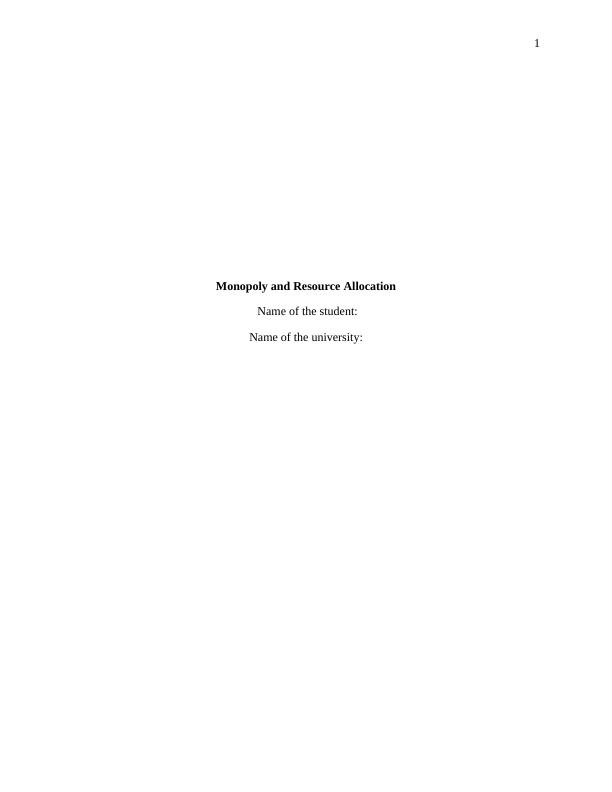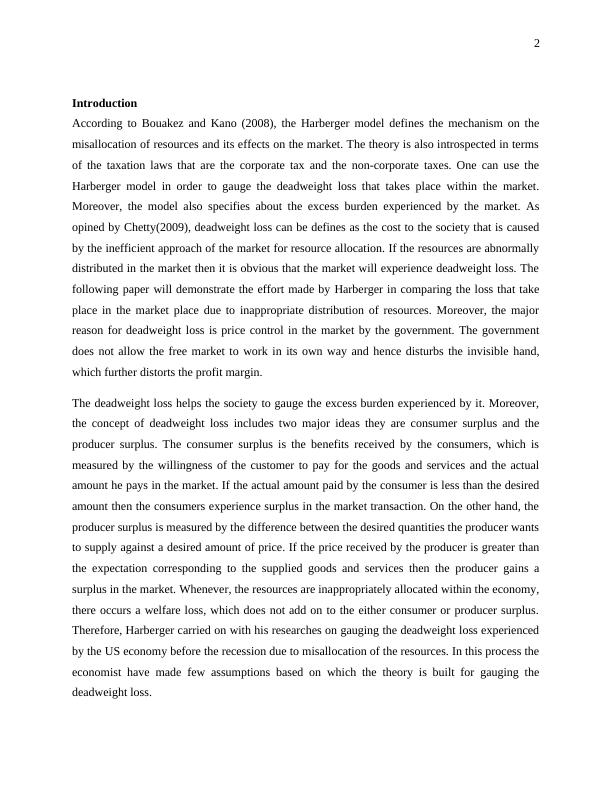Harberger Model: Resource Allocation and Deadweight Loss
Added on 2023-06-05
5 Pages1504 Words304 Views
End of preview
Want to access all the pages? Upload your documents or become a member.
Economics for Managers
|15
|4062
|491
Assignment Regulation Of Monopolies
|12
|2241
|158
Microeconomics Assignment: Questions and Answers
|11
|2351
|110
Assignment | Business Environment
|11
|2721
|242
Contemporary Economic Analysis: Demand and Supply Laws, Theories and Models
|11
|3198
|409

